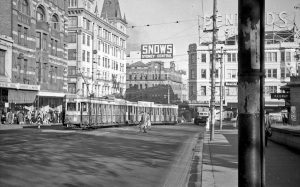17 Likes 0 Dislikes 0 Published November 16, 2022, 4:59 amModals usage on your website is entirely optional, and they should be reserved for cases where they serve a conversion-focused objective.
Your website supports a number of modal types. They are as follows:
1. Entry modals, or a modal launched on a page entry after a number of seconds.
2. An exit modal that launches on exit intent, or when a user shows intent to bounce from a page.
3. Page specific and Landing Page modals, or an entry and exit pairing of modals that is assigned to a specific page – ideally suited for granular targeting, and more importantly, landing pages.
4. Geographic modals are shown on the resolved location of the user. Ideally suited to First Home Buyer information.
5. Launching a modal via a link. These links are discussed at the end of the video in brief. They’re listed in Yabber, and detailed in BeLearn.
6. Lender Modals. Lender modals are an entry and exit pairing that are used on lender product pages, and they are assigned to an individual lender, or a group of lenders.
7. Real Estate Modals. Property modals also apply in a significant way when returning property details to a page. This feature may be a reserved module. Despite the fact it was created for brokers to support property partners, it’s an incredibly powerful standalone property product.
A modal must be relevant, and it must be shown in a manner than enhances the user experience, provides an education, or contributes to an understanding of your product. Our segmented modal tools do what other cannot and will not provide: deliver relevance and capture the attention of your user. Their purpose: escalate and support conversions.
Yabber provides the only lender-specific, conditional, and geographic modal system of its kind in the industry. While it appears a little complex, it’s very easy to use, and used sensibly, it’ll have a seriously significant impact on your organic and paid promotions.




